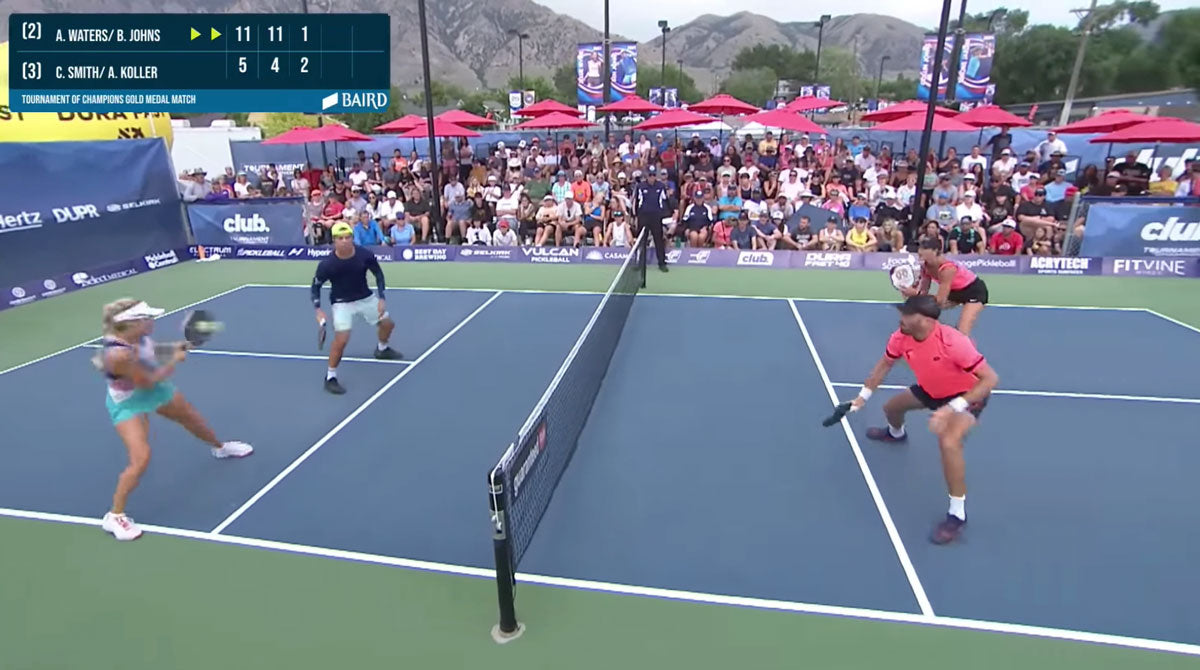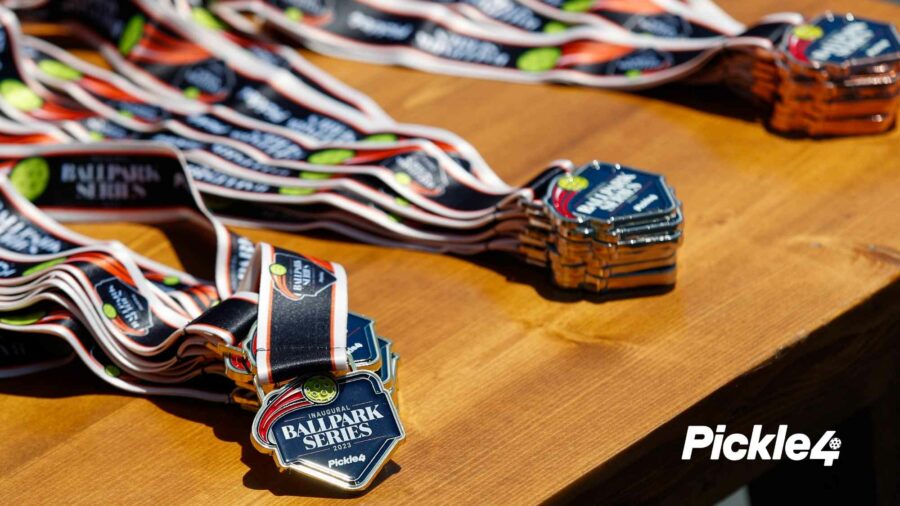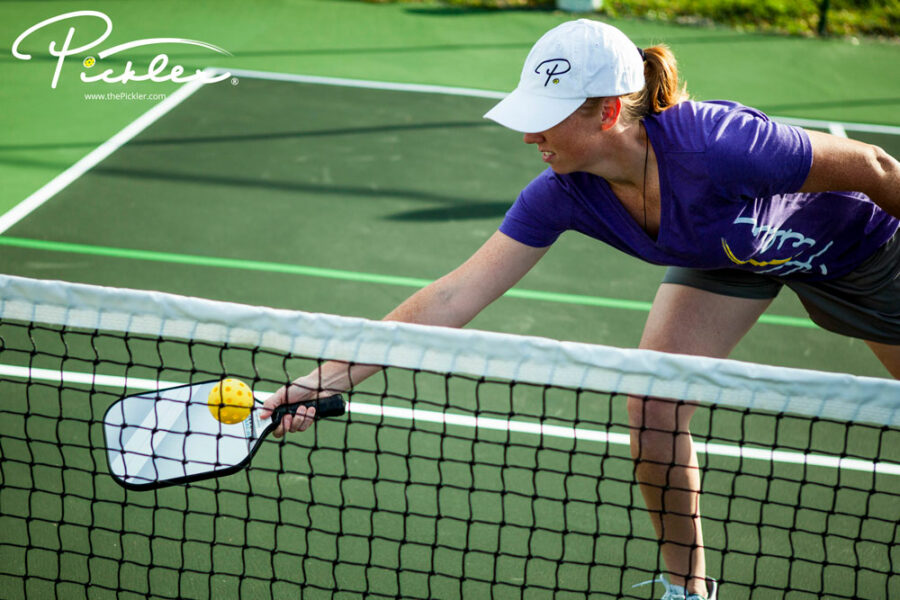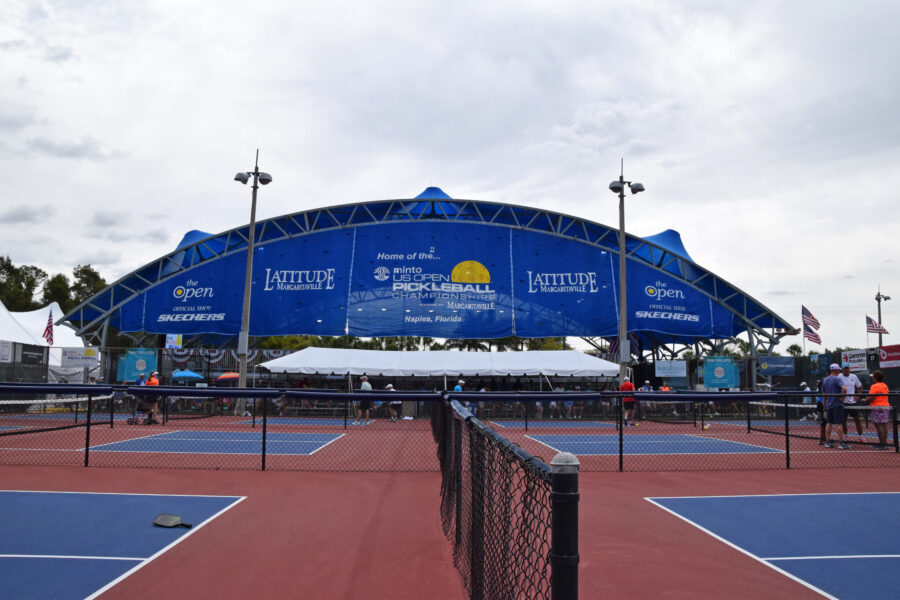The sport of pickleball is still in its infancy. The sport is evolving, which includes the on-court style of play. New shots and new strategies are being developed and experimented with on the pickleball court. One example of a relatively new pickleball strategy is the fade strategy.
What Is the Fade Strategy in Pickleball?
The fade strategy is an advanced pickleball strategy. The fade strategy occurs at the Kitchen line in doubles pickleball when one partner slides toward the sideline and commits to a certain side (either forehand or backhand). As a result, the sliding—or fading—partner will either (1) shift his/her body out of the way and hit the pickleball with the committed side, or (2) let the pickleball travel out of bounds, as everything to the opposite side will be headed beyond the sideline. The other partner will squeeze the middle and help cover the additional court space created by the fading partner.
When to Use the Fade Strategy in Doubles Pickleball
Assuming that there are two right-handed players teamed up together, the fade strategy is most commonly executed with the partner on the right-hand side fading toward the right sideline. This partner will commit to hitting a backhand shot, while the partner on the left-hand side of the pickleball court will squeeze the middle (which is typically easier to cover with forehands in the middle). As a result, assuming two right-handed pickleball players, consider using the fade strategy when:
-
Your opponents are targeting the player on the right-hand side of the pickleball court. In this circumstance, the fade strategy will help you:
- Squeeze your opponents’ target and make their strategy much more difficult to execute;
- Involve the partner on the left-hand side of the pickleball court, and make it easier for the left-sided player to get involved in the point;
- Force your opponents to change up their strategy (i.e., hit to a different spot or pattern);
- Relieve pressure off of the targeted player;
- Allow the targeted player to focus on one shot, as he/she is committing to just one side of their body, and the targeted player knows that the pickleball will either travel to this side or be out of bounds (i.e., makes the rapid decision-making process much easier); and
- To even open up the opportunity for Ernes, as your opponents’ target will be so close to the sideline of the pickleball court.
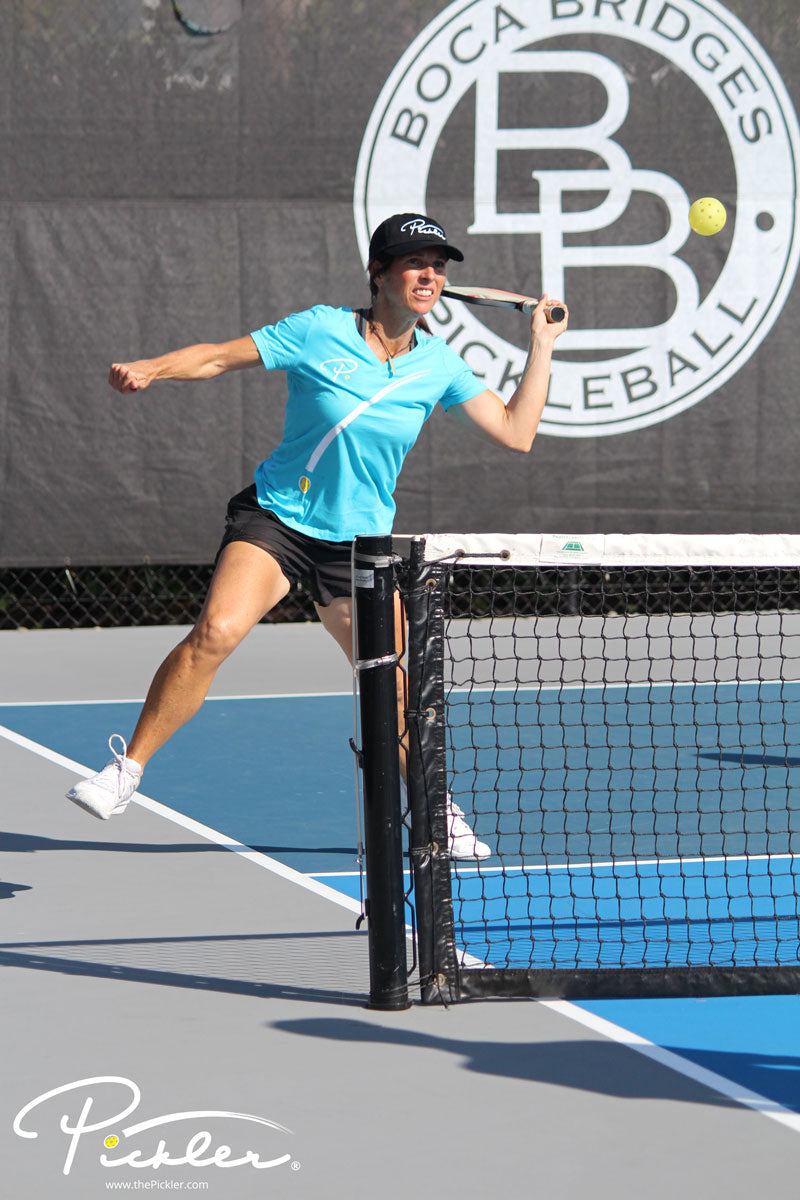
- The fading right-sided player has a strong backhand (for instance, a strong two-handed backhand counterattack or a strong ability to “be a wall” and consistently get the pickleball back on their backhand side). This strong backhand is crucial since the backhand is commonly the side committed. However, the same principles would apply if a player was left-handed and faded to commit to a forehand (and his/her backhand side would be out of bounds). Also, to note, a backhand is typically easier and quicker to react with at the Kitchen line, as the ready position at the Kitchen line is slightly favored to the backhand side (think 10 or 11 o’clock with your paddle face if you envision yourself standing on a clock face).
- The other partner on the left-side of the pickleball court has a strong forehand, squeezes the middle, can play aggressive, and can cover an extended portion of the pickleball court. For example, your opponents may be forced to change their strategy to counteract the fade. In doing so, your opponents may go behind the left-sided player. So, this left-sided partner must be able to both squeeze the middle and be able to cover his/her backhand side in the event that the strategy shifts (which is part of what this fade strategy is trying to accomplish—more shots to the left-sided partner). Pickleball pros Ben and Collin Johns have noted that the sport of pickleball is not intended to be played 50/50—with one player covering one half of the pickleball court and the other player covering the other half. Rather, there is more ebbs and flows based on who can hit the most aggressive shot at any given moment. This fade strategy helps accomplish this sentiment, as the fading partner will cover a smaller percentage of the pickleball court and the other partner will cover more than his/her half.
Pickleball is all about strategy. The fade strategy is just one of the many strategies to use on the court and help you create the specific pattern that works best for your game. The fade strategy was described using two right-handed players, with the right-sided partner implementing the fade, as an example. However, the same strategy can be implemented with the left-sided player fading the forehand and the right-sided player squeezing with the backhand. It could also be implemented with two left-handed players or even a combination of a right-handed pickleball player and a left-handed pickleball player.
